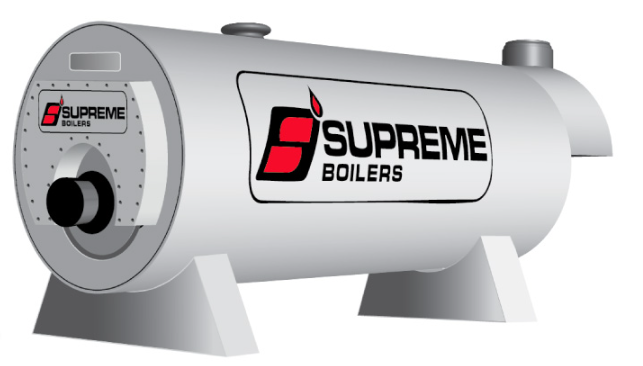In 2024, ordering weed online in Canada has end up more famous than ever. With the growing recognition and legalization of hashish, consumers have embraced the convenience of on line searching for their hashish wishes. This fashion has led to numerous great trends inside the manner Canadians order weed online, along with the rising demand for bulk concentrates. Let's explore those traits and understand how Canadians are shaping the destiny of hashish intake.
The Convenience of Ordering Weed Online
- Ease of Access: Online dispensaries provide an easy and simple way for purchasers to browse and buy hashish merchandise. With user-pleasant web sites and cellular apps, ordering weed online is as simple as a few clicks or faucets.
- Wide Selection: Online hashish stores often provide a broader variety of products in comparison to physical dispensaries. Consumers can explore numerous lines, edibles, tinctures, and concentrates, such as bulk concentrates, all from the comfort in their domestic.
- Discreet Shopping: Privacy is a important issue for plenty hashish consumers. Ordering weed on line allows for discreet buying and delivery, that's in particular critical for people who prefer to hold their cannabis use personal.
- Delivery Services: Fast and dependable transport offerings have end up a general imparting from on-line dispensaries. Many shops now provide identical-day or next-day transport, making it even more convenient for customers to get their products speedy.
The Rise of Bulk Concentrates in Canada
Among the numerous hashish merchandise to be had on-line, bulk concentrates have visible a tremendous surge in recognition. Bulk concentrates seek advice from shopping huge quantities of cannabis extracts immediately, which frequently comes with several blessings:
- Cost-Effectiveness: Buying in bulk usually gives a decrease rate in step with gram, making it a more reasonably-priced choice for normal users. This value-effectiveness is mainly appealing to clinical hashish patients who require constant dosages.
- Consistency and Quality: Purchasing bulk concentrates ensures a steady supply of a particular product. This is critical for users who rely upon unique lines or types of concentrates for his or her therapeutic results.
- Variety: Online dispensaries often offer a wide variety of concentrates in bulk, including collapse, shatter, wax, and diamonds. This range allows consumers to select the sort that exceptional suits their needs and options.
- Stock Up: For folks who stay in regions with fewer dispensaries or have restricted mobility, buying in bulk ensures they've a consistent deliver with out the need for frequent reordering.
Trends in Consumer Preferences
As the market for on line hashish purchasing grows, numerous purchaser alternatives have emerged:
- High-Quality Products: Consumers are becoming extra discerning about the nice of cannabis merchandise they buy on-line. They search for lab-examined products with clean labeling on cannabinoid content material, purity, and efficiency.
- Organic and Sustainable Options: There's a developing fashion closer to organic and sustainably sourced cannabis products. Consumers are increasingly aware of the environmental impact of their purchases and like merchandise that align with their values.
- Customized Experiences: Many on line dispensaries offer personalized buying stories, including tailored product guidelines primarily based on beyond purchases and consumer alternatives. This customization enhances the overall buying enjoy and pleasure.
- Educational Resources: As greater humans flip to on line searching for cannabis, there is a growing call for for academic assets. Consumers appreciate dispensaries that offer specific product descriptions, usage publications, and statistics about distinct traces and intake strategies.
The Future of Ordering Weed Online in Canada
The destiny of ordering weed on line in Canada looks promising, with continued boom and innovation predicted inside the industry. Here are some traits to look at:
- Enhanced Technology: Advancements in generation will probable cause even more user-pleasant and interactive on line buying studies. This includes digital consultations with hashish professionals and AI-driven product recommendations.
- Expanded Delivery Options: As the demand for on-line cannabis buying grows, we will assume extra innovative transport solutions, which include drone deliveries and automatic doling out structures.
- Regulatory Evolution: The regulatory landscape for hashish will continue to conform, potentially leading to more streamlined and standardized methods for on line income and transport. This will make certain customer protection and product best at the same time as increasing get entry to.
- Increased Focus on Health and Wellness: The health and wellness issue of hashish consumption will benefit extra prominence, with an emphasis on merchandise that promote universal nicely-being and address precise fitness issues.
Conclusion
The fashion of ordering weed online in Canada is booming in 2024, driven by way of the benefit, huge choice, and discreet nature of online shopping. The rising reputation of bulk concentrates in Canada further highlights the evolving choices of cannabis purchasers who are seeking for price-effective, super merchandise. As the industry maintains to innovate and adapt to purchaser needs, the destiny of on-line hashish shopping in Canada seems brighter than ever. Whether you are a seasoned person or new to the arena of cannabis, ordering weed on line offers a handy, safe, and enjoyable manner to explore and experience the blessings of cannabis.

.jpg)























.jpg)